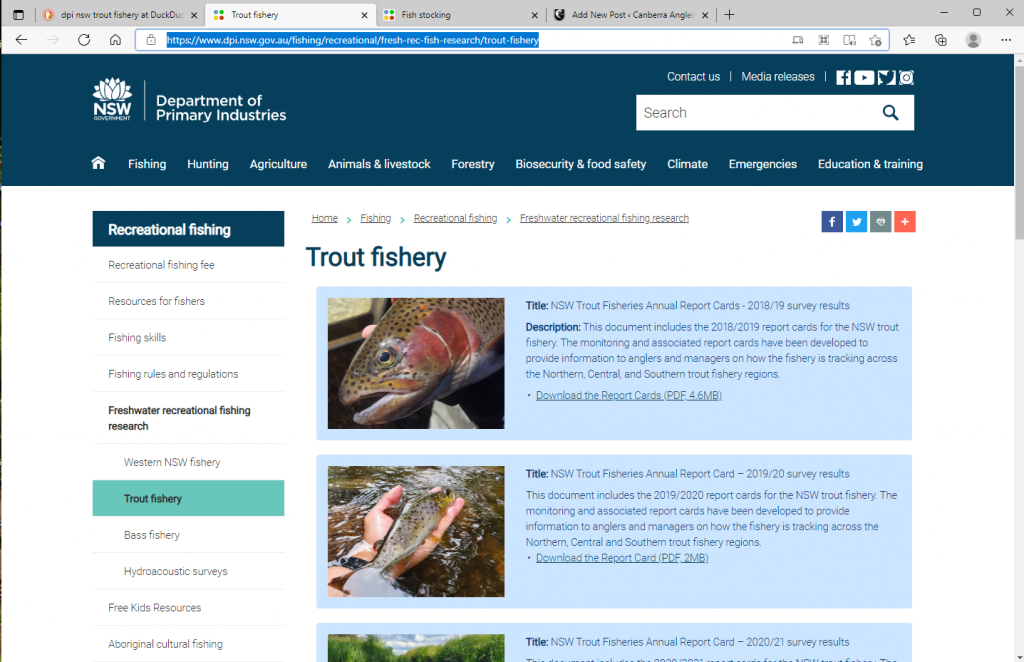
A significant element of the Trout Strategy was to publish report cards on trout waters in NSW. The report cards have recently been uploaded onto the DPI website and are available here. Some interesting observations.


A significant element of the Trout Strategy was to publish report cards on trout waters in NSW. The report cards have recently been uploaded onto the DPI website and are available here. Some interesting observations.
Arrived tonight. Available here
Mostly saltwater or already covered by NSWCFA November Newsletter except:
Just arrived. https://mailchi.mp/viridia/freshwater-fisher_nov-2021-10535288 Key items:
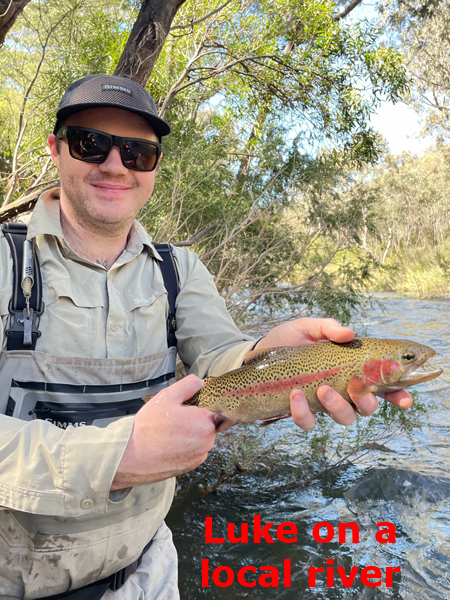
Following on from the ‘photo of the month’, we’ve got a story about trout season opening on the Cotter from Luke and Nathan – just missed getting in last month, thanks guys. Seems you’ve been up there with success again since that report – shame I can’t emulate unlike my guru Peter – story and photo here. With the relaxation of restrictions on us traveling into the ‘border bubble’, I’m hoping to get more stories from all of you arriving on my desk for next Burley Line.
Held over from last month, we have the segment taking a bit of a “Retrospective” of CAA for the past 17 years. Thanks JM for this suggestion.
With my Membership Officer hat on – yet another reminder that fees are due – go to ‘join us’ to update your contact details via the webform or simply email me. Please note our new bank account numbers (these were changed last year), they are given on the “join us” page. So far 30 of you have signed up including one new member (welcome Travis) – means 17 from last year remain to renew. Amongst other benefits, CAA has again acquired a Public Liability Insurance policy. This will support financial members in the event of a member of the public seeking compensation due to an incident during an official CAA club event. This coverage commences in November before our first event for the season. Life Members are covered automatically even without payment of fees.
Club members will be very aware of JM’s fascination with new kit. Here is his review on Fliprocks sandals – the latest in his efforts to find the perfect footwear for use with his boat and kayak.
Some thoughts from Ken on his fly-fishing since returning to Canberra and stream vs lake.
Via Zoom.
We will be tying the Daddy Longlegs. It is useful for loch style fishing dapping or as a dry fly or as a wet fly attached to a gang of three. It is equally useful on moving water or still in our region.
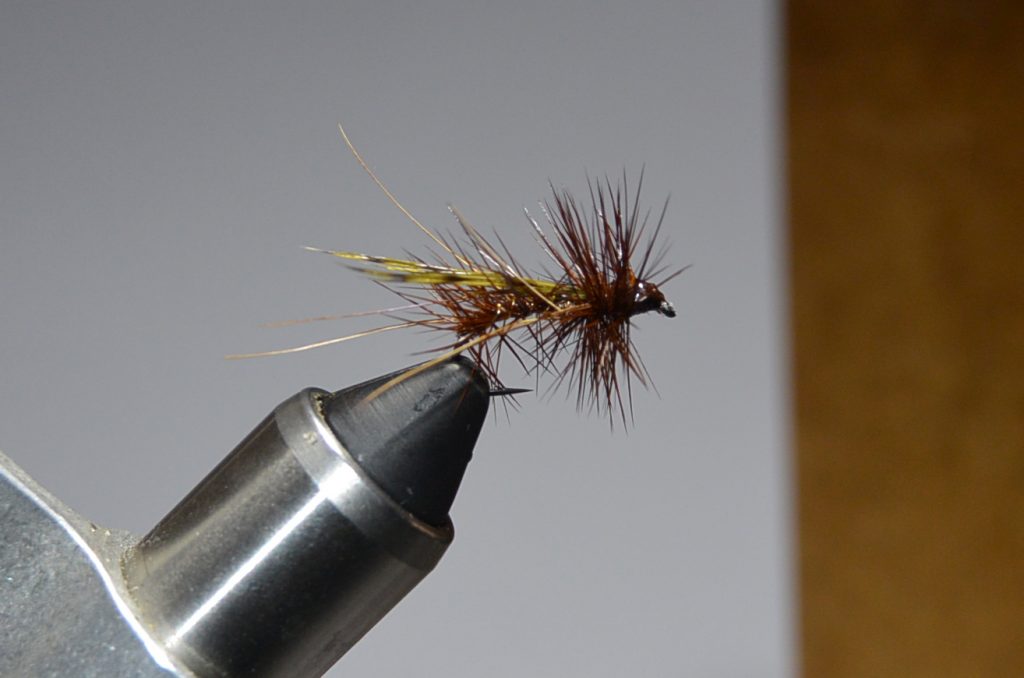
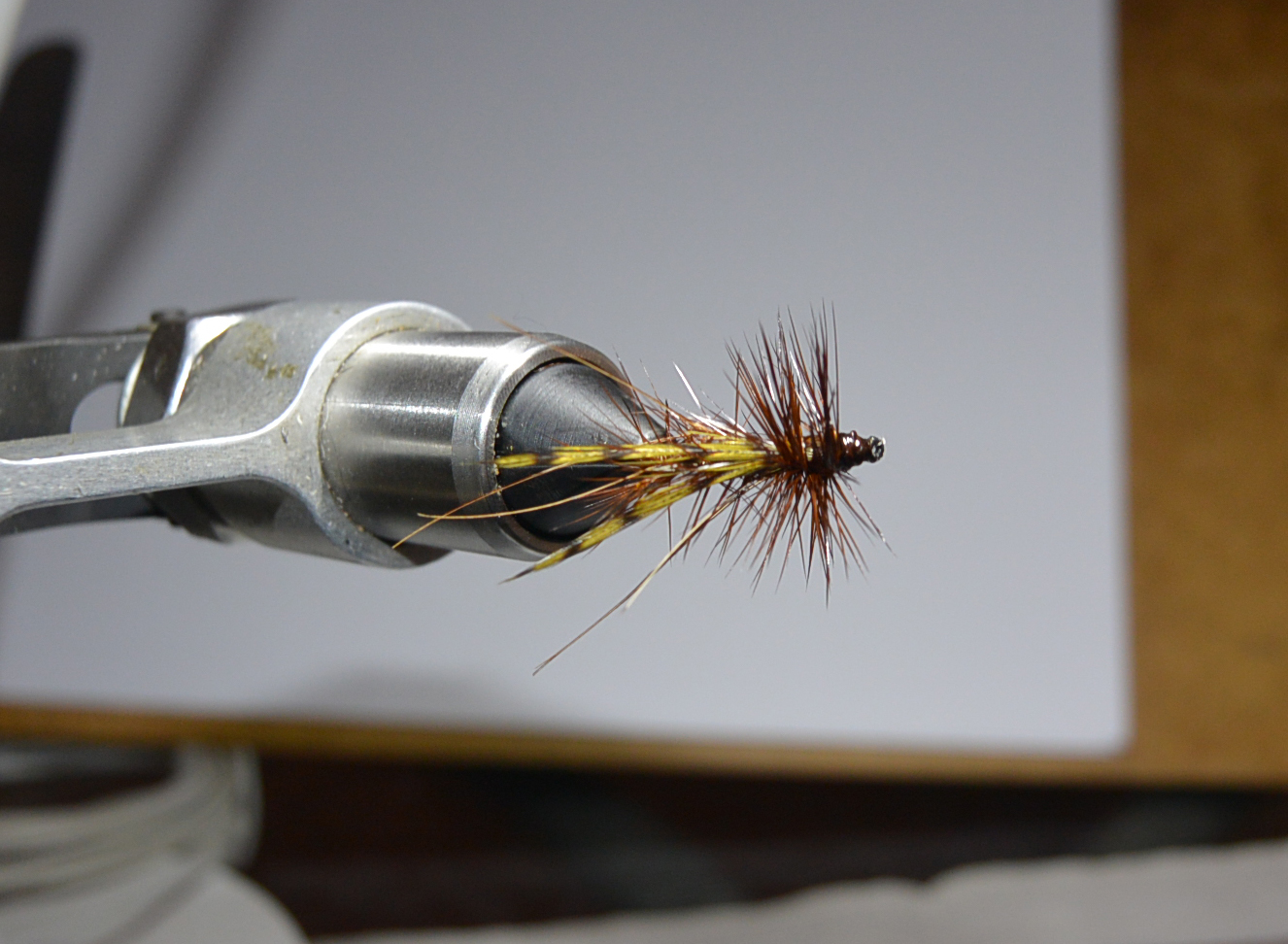
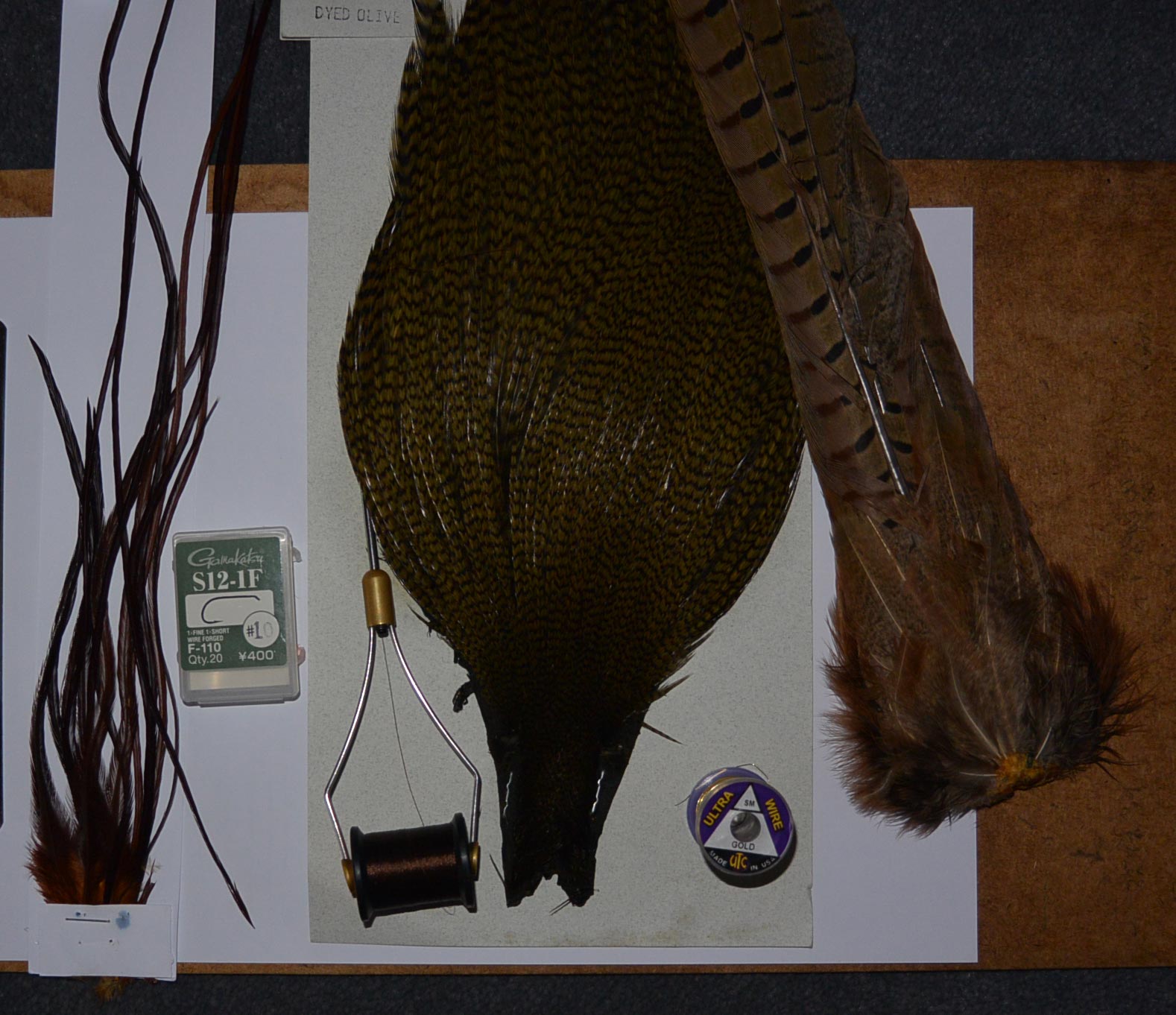
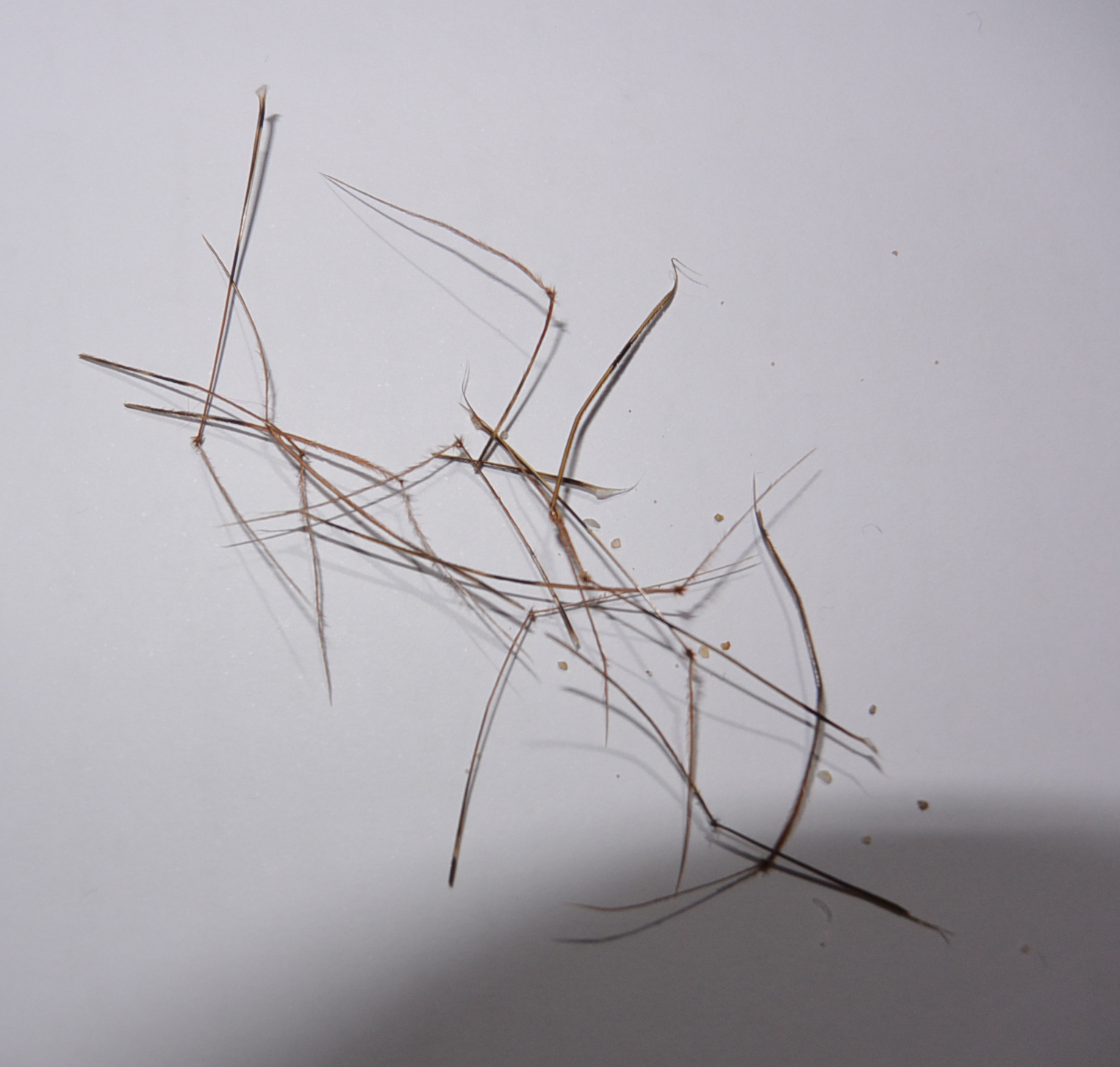
Materials
Hook: Size 10 dry fly hook
Body: Pheasant tail and a brown hackle to palmer around a gape and a half length, fine gold wire
Legs: knotted pheasant tail
Wings (optional): grizzle hackle points
Hackle (optional): same brown hackle
The legs are fiddly to tie so you may wish to tie six of them in advance. See https://www.google.com/search?q=how+to+make+knotted+pheasant+tail+legs+for+flies&oq=how+to+make+knotted+pheasant+tail+legs+for+flies&aqs=chrome..69i57j69i61.838611394j0j0&sourceid=chrome&ie=UTF-8
keyword dryfly wetfly streamerfly
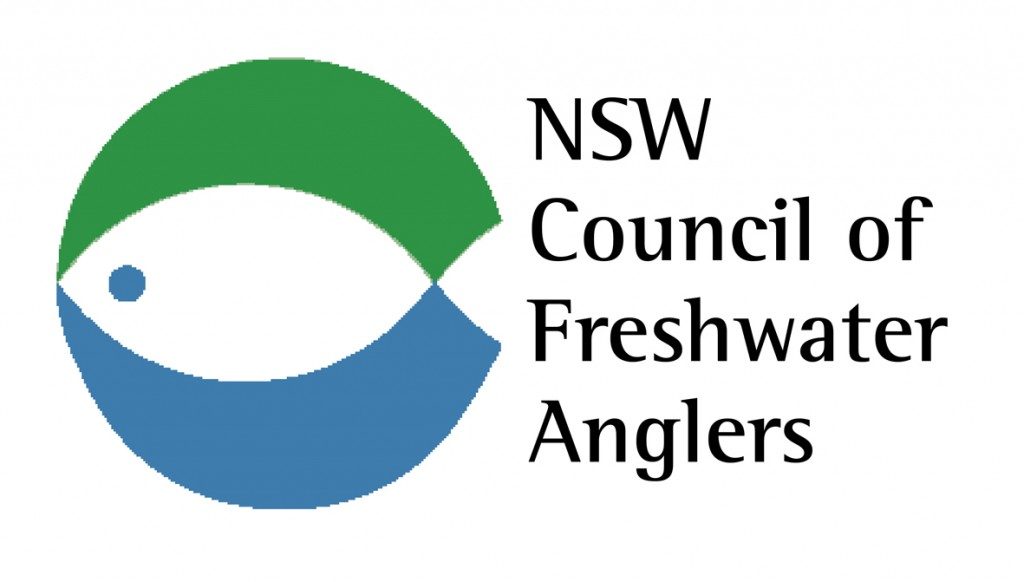
October Issue has arrived. Top items:

When drafting this I was going to start with “there’s precious little fishing going on at the moment” but right before publication time Claude, BJ, Al and Shaun provided some opening weekend copy – many thanks guys. The other major contribution came from Stefan – he of the traveling A-Van – reporting on his returning to a childhood haunt in Queensland. As ever, Stefan’s words are thoughtful and his photos enticing. In anticipation of a small issue, I prepared a segment taking a bit of a “Retrospective”. Thanks JM for this suggestion. It was a lot of fun looking back through the archives. Jaime is gracing the front page – Eucumbene late season 2020 but I’ll hold back the article itself till next issue.
Other items are a report on the flytying 22 Sep – welcoming back Evan via Zoom from Victoria, plus Claude helping me out with notes from the 8 Sep talk by Mickey “Finn” – some really useful hints on fishing the Tumut and other matters. Meanwhile there’s been lots happening on social media and members have been actively hunting items for inclusion here – many thanks folks.
The current lockdown has put paid to our traditional casting for the public days – a real shame to have been impacted in that manner after so many years. I understand the Committee are closely watching the rules and intending that it be a postponement rather than a cancellation – fingers crossed folks. The uncertainties and the proposed future rules have also cause postponement of our annual Lyle Knowles trophy – see the Committee Notes inside here.
I ran across two lure spinfishers on Lake G and they reported a 50cm yellowbelly for their efforts … I may need to break out my gear and get down there.
With my Membership Officer hat on – another reminder that fees are due – go to ‘join us’ to update your contact details via the webform or simply email me. Please note our new bank account numbers (these were changed last year), they are given in this newsletter. So far 28 members have signed up again (welcome home Greg W!) – means 19 from last year remain to renew, plus hopefully some new members – spread the word folks. Given the postponement of the casting days, new members may be thin on the ground for a while if we don’t do some word of mouth.
Arrived today. Read it here. Some key points: